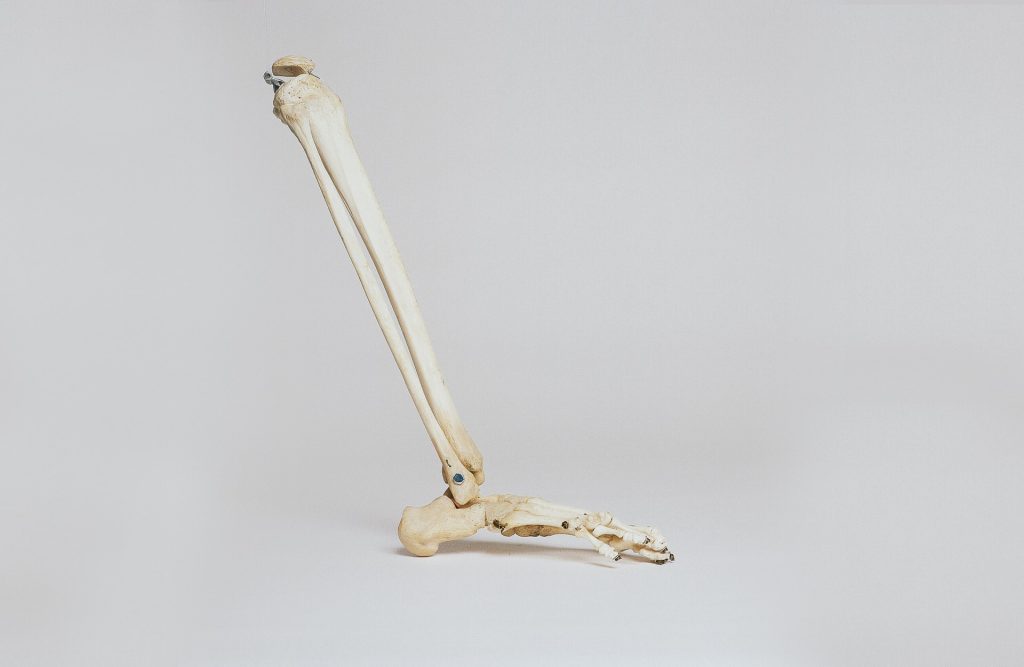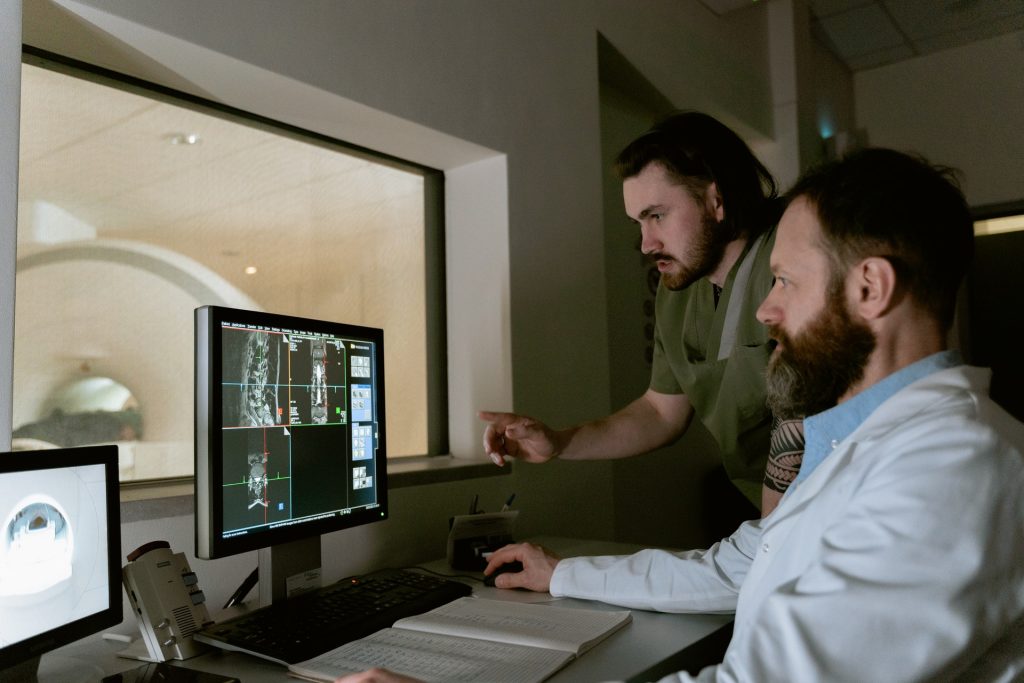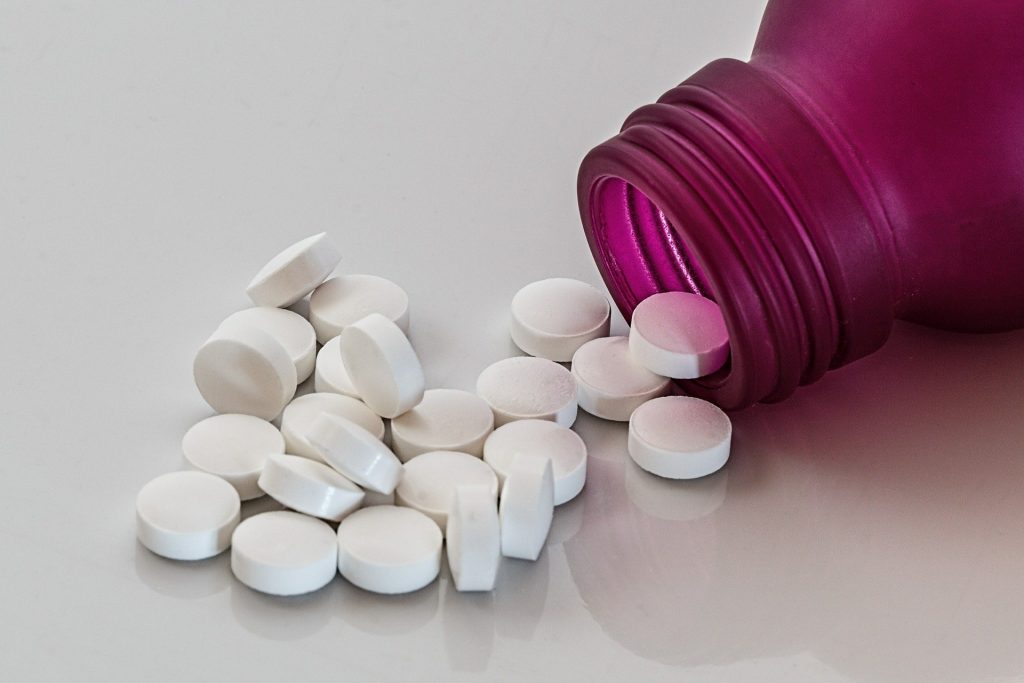New Wound Healing Scoring System Proposed

Researchers have proposed a new scoring system for wound healing in mice based on parameters in each phase of healing.
The researchers described the system in an article in the peer-reviewed journal Stem Cells and Development.
Wound healing processes consist of a sequence of molecular and cellular events which occur after the onset of a tissue lesion in order to restore the damaged tissue. In order to evaluate the efficacy of new treatments, there is a need to monitor wound progression accurately and reproducibly over time.
The parameters include re-epithelisation, epithelial thickness index, keratinisation, granulation tissue thickness, remodeling, and the scar elevation index. These parameters can be assessed using either Hematoxylin & Eosin or Masson’s Trichrome staining. Mari van de Vyver, from Stellenbosch University, and colleagues developed this histology scoring system for cutaneous wounds in mice. They then validated the system in four different types of murine skin wound models.
“This histological scoring system defines and describes the minimum recommended criteria for assessing wound healing dynamics,” state the authors. “The experience and ability of investigators to accurately identify structures in histology slides at different stages of healing is crucial for consistency and repeatability of measures to deliver meaningful results.”
“The development and validation of this scoring system in a randomized blinded investigation by researchers from Stellenbosch University (South Africa), Polish Academy of Sciences in Olsztyn (Poland), University of Texas Southwestern Medical Center (Texas, USA) and Obatala Sciences Inc. (New Orleans, USA) represents a truly international effort to advance the robust and accurate assessment of wound healing,” stated Graham C Parker, PhD, Editor-in-Chief of Stem Cells and Development and The Carman and Ann Adams Department of Pediatrics, Wayne State University School of Medicine, Detroit, MI.
Source: Mary Ann Liebert, Inc.
Journal information: van de Vyver, M., et al. (2021) Histology Scoring System for Murine Cutaneous Wounds. Stem Cells and Development.doi.org/10.1089/scd.2021.0124.






